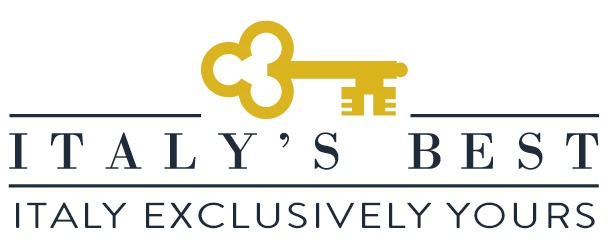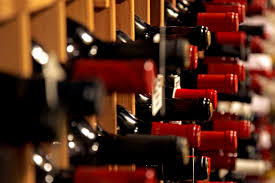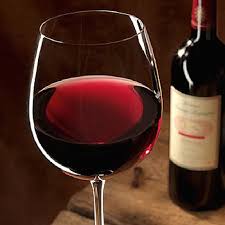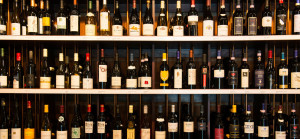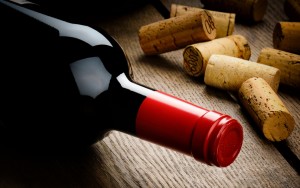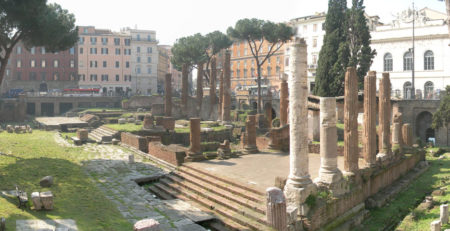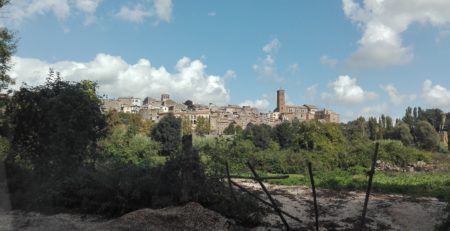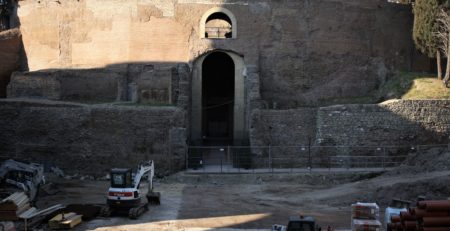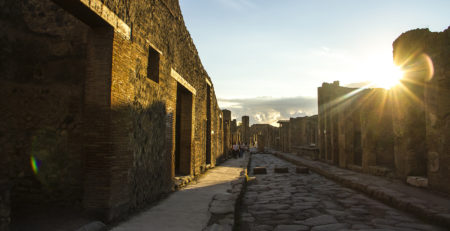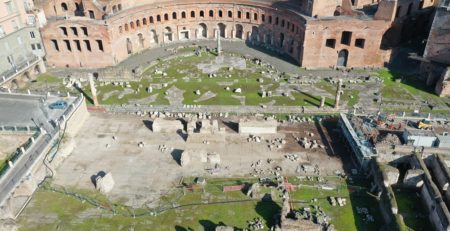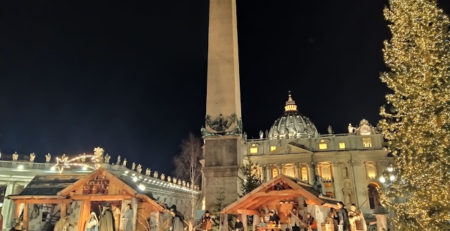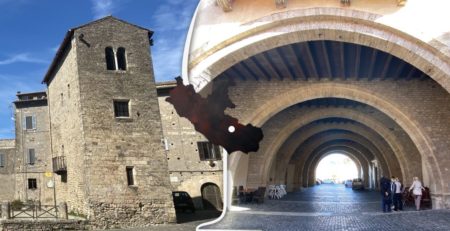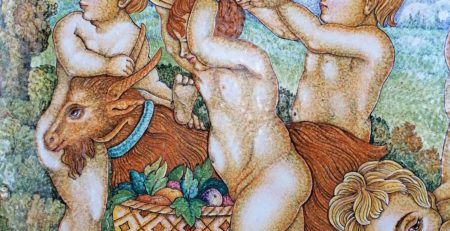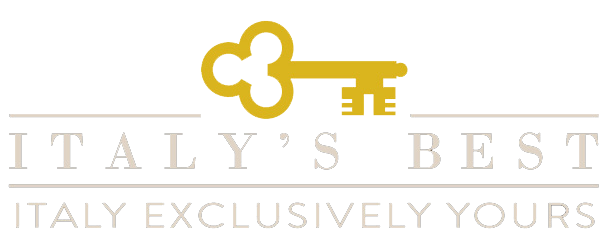Red, red wine
A glass of red wine a day, keeps the doctors away.
But with 330 DOC’s (Denonimazione di Origine Controllata – the Italian wine classification system), at least 350 common wine grape varieties and 20 regions, where to begin?
Common Italian Red Wine Grapes
Sangiovese
A grape with many names planted throughout Italy, Sangiovese is the main grape of Chianti and Brunello di Montalcino in Toscana.
Nebbiolo
A grape that is known for the age worthy high tannin wines of Barolo and Barbaresco in Piemonte.
Barbera
A dark-skinned grape producing wines with lower tannin & high acidity grown mostly in Piemonte, Italy.
Lambrusco
A grape and also a region of Emilia-Romagna (and part of Lombardy) that produces a light bubbly red wine of the same name.
Montepulciano
A grape grown commonly in Central and Southern Italy. Easily confused with vino Nobile de Montepulciano which is actually Sangiovese from the city of Montepulciano in Toscana. Montepuliciano d’Abruzzo is a dark rustic wine with full body, black pepper spice and high tannin.
Amarone
A style of wine from Veneto made with a blend of grapes (Corvina, Rondinella and Molinara) that are partially dried to produce a richer, high alcohol wine with a hint of sweetness on the finish.
Valpolicella
Ripasso della Valpolicella is a style of wine from Veneto made with three grapes: Corvina, Rondinella and Molinara. Produced by fermenting fresh juice with leftover pomice from Amarone winemaking to add richness.
Primitivo
A grape from Southern Italy that is a close relative to Zindafel.
Negroamaro
A Southern Italian wine grape sometimes blended with Primitivo to add tannin and structure. Wines from Puglia that are dominantly Negroamaro include Salice Salento Rosso, Brindisi Rosso and Squinzano Rosso.
Common Italian White Wine Grapes
Pinot Grigio
The most familiar zesty Italian white wine grape of French origin (Pinot Gris). It is actually a Pinot Noir mutant that is a pale red-gray colored grape. It is grown mostly in Alto Adige, Friuli and Lombardy, where it is known as Oltrepò Pavese.
Trebbiano
Trebbiano is Italy’s most planted white wine grape and is the same grape used to make Cognac and Balsamic Vinegar. Trebbiano is found as a blend in white wines all over Italy. It’s called Orvieto DOC in Umbria.
Garganega
The white wine grape that makes up the majority grape in the regional wine called Soave (pronounced “Swah-vey”) in Veneto. Soave Classico DOC is often oaked in a style simliar to oaked Chardonnay with more almond-like aromas.
Cortese
The grape in the regional wine called Cortese di Gavi or just Gavi from Piemonte. A light citrus and floral high acid white wine in a similar style to Pinot Grigio or Chablis from France.
Verdicchio
A zesty and slightly bitter white wine grape grown most notably in Marche. Also used in Soave where it is called Trebbiano di Soave (not the same as Trebbiano).
Fiano
A Southern Italian white wine grape from Campania with floral, citrus and nutty aromas that’s commonly blended in white wines from the region along with Trebbiano. Fiano di Avellino DOCG is 100% Fiano.
Arneis
A grape from Piemonte region most notable for the regional white wine Roero DOC.
Vermentino
A grape from Sardegna and also cultivated commonly in Toscana. A Vermentino wine is a crisp white, often similar tasting to Sauvignon Blanc with more bitterness not unlike Grapefruit pith.
Moscato
Moscato aka Muscat is a very aromatic grape most known for its sweet and bubbly version, Moscato d’Asti from Piemonte.The producer’s name can either be a single producer like Valentini, a cooperative such as Produttori del Barbaresco (56 member group) or a larger wine brand such as Ruffino. Knowing what type of producer can be helpful in understanding if the wine is rare or easy-to-find.
Type of Wine
Like France, Italian wines are often named after a region and each region is classified. For instance, a wine labelled Chianti Classico DOCG is from a sub-region of Chianti in Toscana that requires a minimum composition of 80% Sangiovese grapes. Alternatively, a “Named Wine” like Ruffino “Modus” on an Italian wine list (classified as IGT) is an atypical blend of unclassified grapes. Each of the 20 Italian wine regions specialize in different types of wine and different grape varieties. Learning the basics of the leading Italian wine regions will help you read an Italian Wine list.
TUSCANY
What is Super Tuscan Wine?
A wine that “Supersedes” Italian wine law. The term Super Tuscan was coined in the 1970’s by Italian wine producers and wine writers to describe a wine from Toscana produced with grapes that did not meet appellation law (ie DOC and DOCG). Before 1992 wine from Toscana, made from grapes like Merlot, Cabernet Sauvignon and Syrah, were placed under the low quality Vino da Tavola classification. Producers bucked the system by creating high-priced quality wines with the unsanctioned grapes. Super Tuscan wines now fall under a wine appellation called IGT.
Tuscany and Sangiovese’s many different guises
Sangiovese is Italy’s most popular wine grape. It has several clonal variants and many regional names.In Tuscany and Umbria it is called: Brunello di Montalcino, Vino Nobile di Montepulciano, Chianti, Morellino di Scansano, Rosso di Toscana,Rosso di Montepulciano, Montefalco Rosso, Montecucco Rosso, etc.
In Tuscany, the Sangiovese grape is the key to the region’s success, as the backbone of DOCG wines in Chianti,Brunello di Montalcino, Vino Nobile di Montepulciano and Carmignano. Yet the region’s prestige is today further enhanced by the evolution of the “Super Tuscan”, wines that now rank among some of Italy’s most refined. Failing to slot into any existing DOC or DOCG category, they are now largely classed as Toscana IGT in order to avoid the humble Vino da Tavola category.
Vino Nobile di Montepulciano is made with another clone of Sangiovese called Prognolo Gentile. The wine was named “king of all wines” by the poet Francesco Redi in the 17th century and the “nobile” was added to the name in reverence to its esteem among nobility. Although the wine slipped out of the spotlight for several decades, it is once again impressing consumers worldwide under its DOCG. As in Brunello, a DOC Rosso di Montepulciano wine is released as a more approachable alternative that does not require ageing.
Tuscany DOCG wine appellations:
Brunello di Montalcino, Carmignano, Chianti, Chianti Classico, Elba Aleatico Passito or Aleatico Passito dell’Elba, Montecucco Sangiovese, Morellino di Scansano, Vernaccia di San Gimignano, Vino Nobile di Montepulciano
Tuscany DOC wine appellations:
Ansonica Costa dell’Argentario, Barco Reale di Carmignano or Rosato di Carmignano or Vin Santo di Carmignano or Vin Santo Carmignano Occhio di Pernice, Bianco dell’Empolese, Bianco di Pitigliano, Bianco Pisano di San Torpè, Bolgheri and Bolgheri Sassicaia, Candia dei Colli Apuani, Capalbio, Colli dell’Etruria Centrale, Colli di Luni, Colline Lucchesi, Cortona, Elba, Grance Senesi, Maremma Toscana, Montecarlo, Montecucco, Monteregio di Massa Marittima, Montescudaio, Moscadello di Montalcino, Orcia, Parrina, Pomino, Rosso di Montalcino, Rosso di Montepulciano, San Gimignano, Sant’Antimo, Sovana, Terratico di Bibbona, Terre di Casole, Terre di Pisa, Val d’Arbia, Val d’Arno di Sopra or Valdarno, Val di Cornia, Valdichiana, Valdinievole, Vin Santo del Chianti, Vin Santo del Chianti Classico, Vin Santo di Montepulciano
Tuscany IGT wine appellations:
Alta Valle della Greve, Colli della Toscana Centrale, Costa Toscana, Montecastelli, Toscana or Toscano, Val di Magra
UMBRIA
Umbria DOCG wine appellations:
Montefalco Sagrantino, Torgiano Riserva
Umbria DOC wine appellations:
Amelia, Assisi, Colli Altotiberini, Colli del Trasimeno or Trasimeno, Colli Martani, Colli Perugini, Lago di Corbara, Montefalco, Orvieto, Rosso Orvietano or Orvietano Rosso, Spoleto, Todi, Torgiano
Umbria IGT wine appellations:
Allerona, Bettona, Cannara, Narni, Spello, Umbria
Want to learn more about wine? Book a Wine Tour with Italy’s Best
